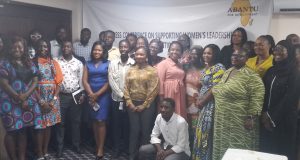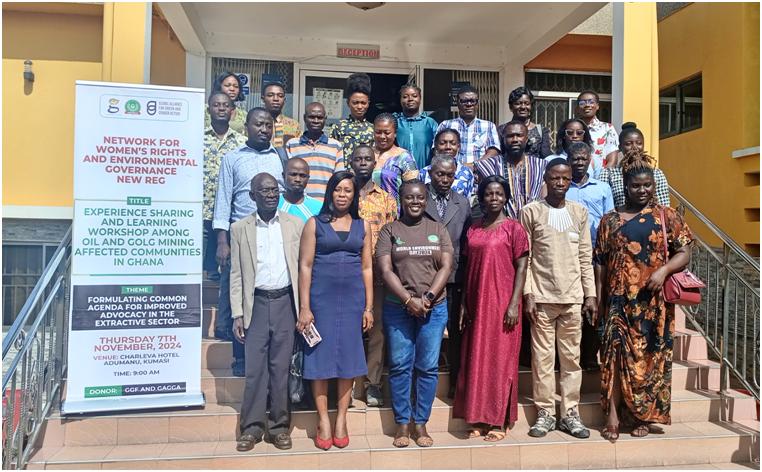In order to promote women empowerment at the various places of work, a World Bank report has advocated the removal of gender biases in learning materials as well as strengthening science, technology, engineering and mathematics (STEM).
The Bretton Woods institution said in the report titled “Stepping up women’s STEM careers in infrastructure sectors” that hands-on experiences, design-based learning, and extracurricular STEM activities specifically for girls offer promise.
For example, the report said WomEng, a nonprofit organization in South Africa developed booklets about engineering programs and scholarship opportunities, also answers frequently asked questions about careers in engineering aimed at secondary school girls.
The report further suggested that “Public and private sector entities can be more proactive in engaging potential STEM talent by providing scholarships, internships, and apprenticeships. In Lao People’s Democratic Republic, an Asian Development Bank project with the provincial water utilities provides scholarships for young women to study for water-related STEM careers, and provide them job opportunities when they graduate.
“Remove legal roadblocks to recruitment: In recent years, Bulgaria, Bosnia and Herzegovina, Kiribati, and Tajikistan have all reformed labor laws to eliminate some of the restrictions on women’s employment, for example, in jobs deemed arduous or hazardous, such as underground work.
“Inclusive policies such as quotas and targets can be effective and help change the numbers. When hiring, ensuring that merit, as well as inclusion goals, are considered in tandem can help to avoid backlash, stigmatization, and tokenism. Steps to counter gender discrimination and bias during the hiring process are helpful. For example, ensuring that all candidates undertake the same tests and are asked the same questions in the same order.
“Design policies and workplaces that encourage retention: Globally, women are more likely to have care responsibilities at home. Flexible work and part-time employment options may help to reduce attrition and increase the number of women who enter and remain in the workforce over the long term.
However, women who take advantage of them may still be overlooked for promotion, a situation that calls for increased attention. There may also be challenges implementing such actions given the nature of infrastructure work (e.g. remote project sites and shift work.) Addressing sexual harassment by developing complaint and redress mechanisms, also anti-harassment and nondiscrimination policies and sanctions should be a top priority. The Solomon Islands Water Authority provides a good case study.
With guidance from IFC, this utility developed policies to prevent and counteract bullying and sexual harassment, and also to address domestic violence among employees. Infrastructure entities can work with trade unions as in the case study of Ethiopian Electric Utility, where the labor union offers protection for women’s rights in the workplace, particularly concerning maternity leave.
“Support women as they climb the ladder: Mentoring and sponsorship programs are promising professional development strategies, and they can be supported at the workplace level as well as across industries. Research by the Center for Talent Innovation found that women with sponsors are more likely to ask for pay raises and get them, also more likely to request to join high-visibility teams and to experience greater career satisfaction. Engaging men as mentors and allies played an important role in the case study on the Emerging Women Leaders program in Panama.
“This program actively shapes the mentor-mentee relationships using a guide that illuminates issues of gender and power dynamics and works to mitigate the risks of sexual harassment. Another key strategy is facilitating access to professional networks.”
Source:3 news
 Public Agenda NewsPaper Ghana's only Advocacy & Development Newspaper
Public Agenda NewsPaper Ghana's only Advocacy & Development Newspaper






